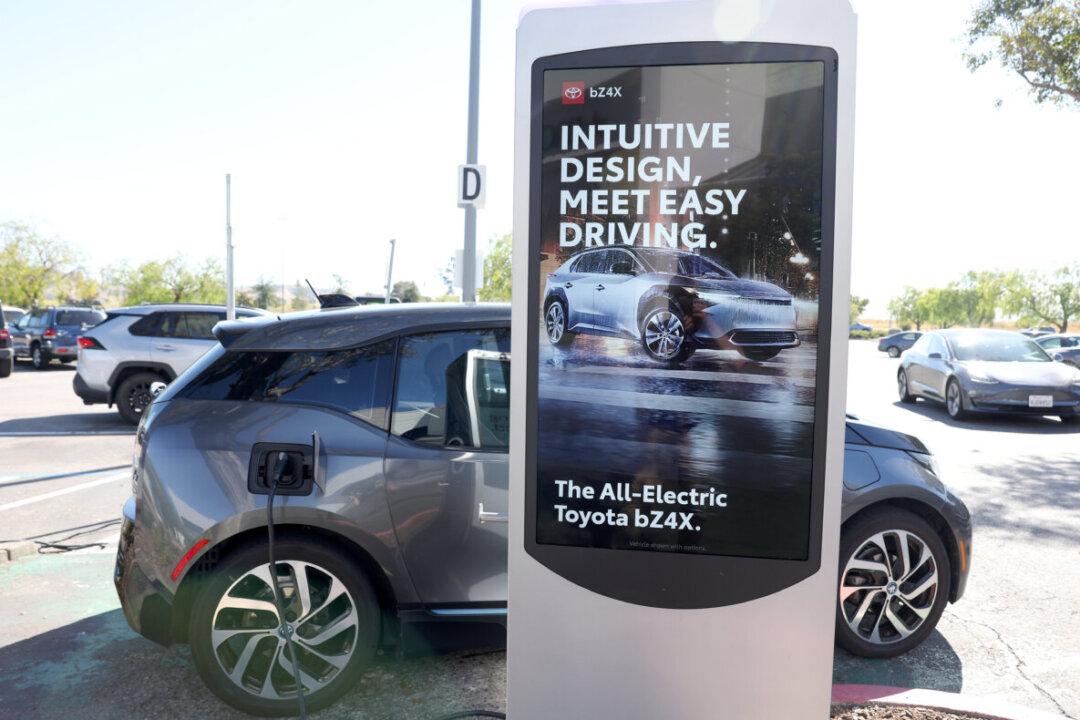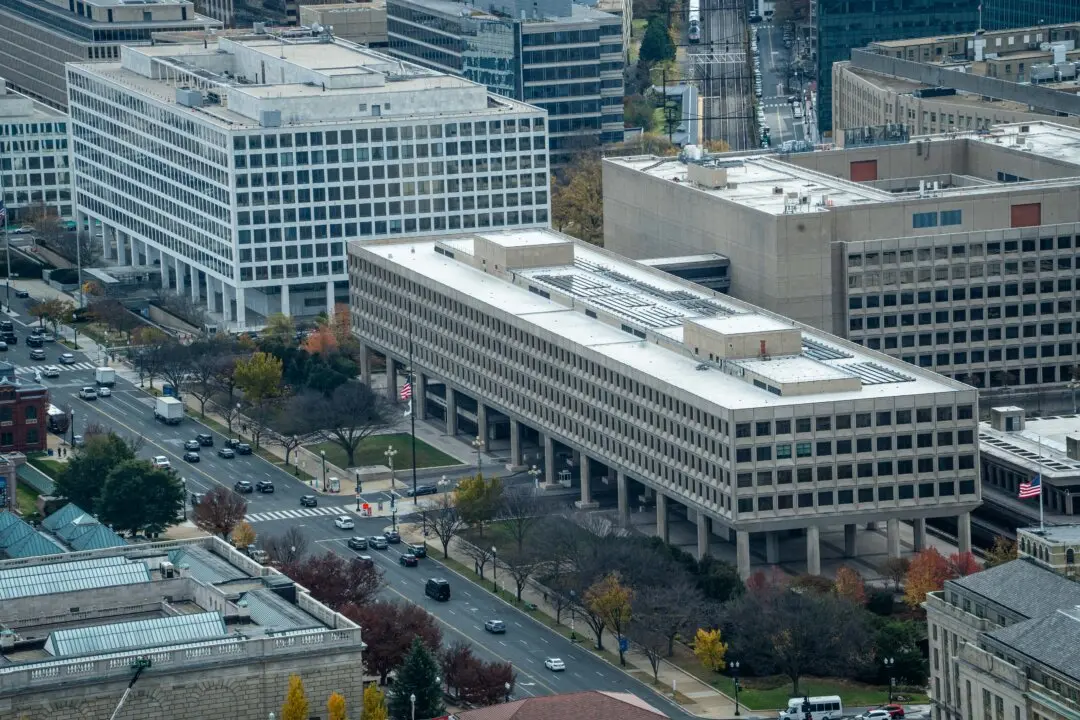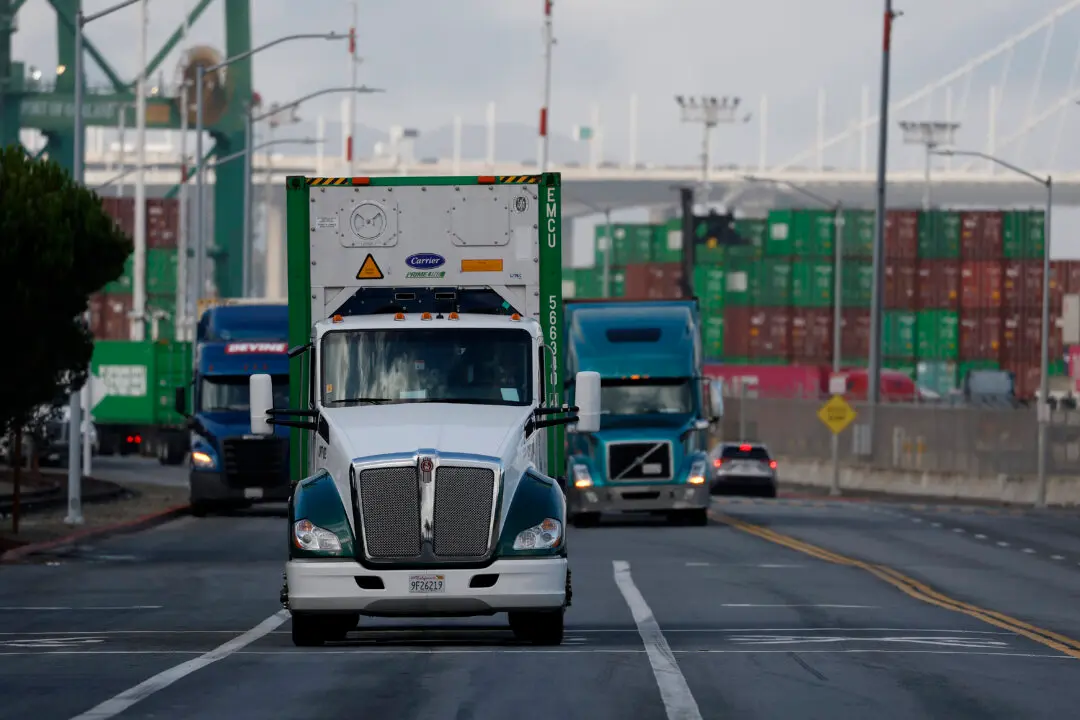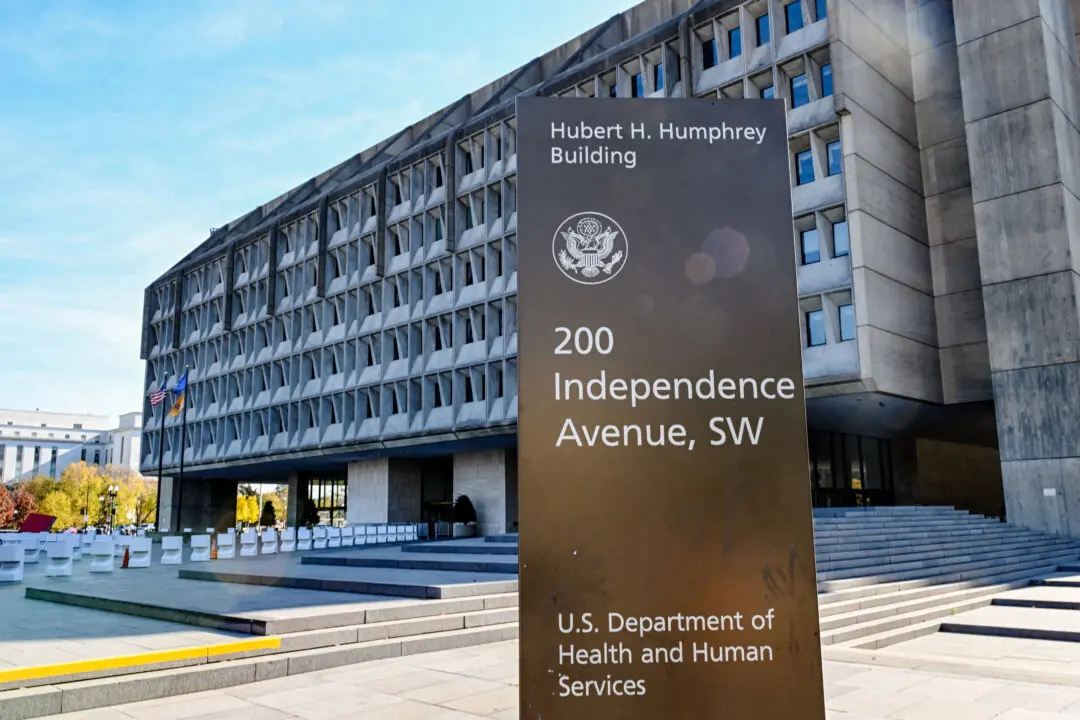Electric vehicle sales showed signs of slowing in California last year, despite the state’s aggressive zero-emissions climate goals, the California New Car Dealers Association reported.
Overall, however, the state’s year-end auto sales report by the association showed electric vehicle sales climbed by about 46 percent for the year, compared to 2022.





